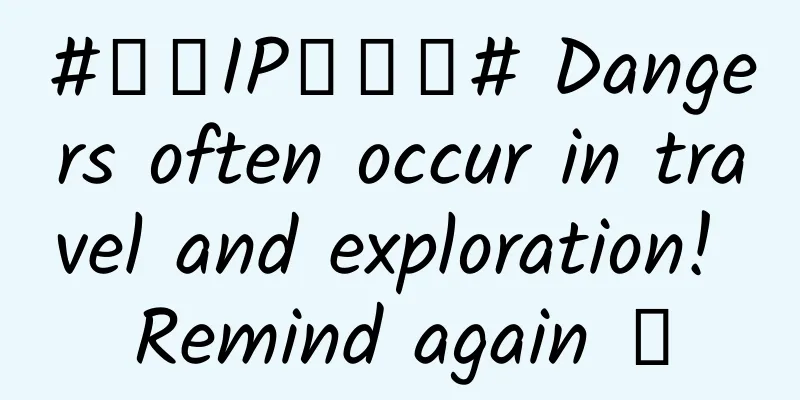How to improve mobile app performance with a powerful database

|
You may be aware that there are seemingly endless options to consider when choosing a database and other technologies for your mobile app. With so many choices, it can be difficult and confusing to decide what really matters when it comes to your technology stack. A while ago, I wrote an extensive article about different database architectures and available use cases, providing guidance on choosing the right technology for the right project. While this remains an accurate and reliable resource, this article will dive deeper into how to improve the performance of your mobile app.
Mobile and Web ApplicationsFirst and foremost, perhaps we should quickly go over the difference between mobile apps and web apps. Mobile apps live and run on mobile devices, while web apps are accessed through a web browser and will adapt to whichever device you're viewing them on. Native mobile apps are built for a specific platform, like Apple's iOS or Android, and pretty much every other platform. They're downloaded and installed through an app store and have access to system resources, like GPS and camera capabilities. Web apps, however, are not native to a specific system and don't require downloading or installation. Due to their responsive nature, they can look and function very similar to mobile apps, and this is where some confusion arises. Going deeper, mobile apps created for a target platform using a platform-specific SDK are classified as native mobile apps. Whereas hybrid mobile apps are developed on platforms that provide code that is compatible with all available operating systems. Lastly, you may have heard of Progressive Web Apps (PWAs), which many believe are the future. With PWAs, “the focus is on creating web applications that look and feel exactly like native apps, without the user having to download and install any software.” Mobile Application Performance ChallengesWhile many companies may otherwise have incredible technology at their disposal, they often experience performance, latency, and/or connectivity issues with their mobile apps. This could be due to a number of factors. Perhaps the organization didn’t invest a lot of time or resources into building their mobile app, fundamentally, and therefore they don’t have a solid foundation in place. Or perhaps they’re struggling with latency issues due to centralized databases and cloud/vendor lock-in. Speaking of the database, is it able to handle the appropriate number of users and frequent updates? Does it store data offline or handle complex queries? These are all things to consider when building a new mobile app from scratch, or adding new features to an existing one. Keep in mind that migrating from one database to another is not impossible if the need arises (there are actually techniques to make it easy). Database considerationsIn my Database Architecture and Use Cases Blog, I mentioned that it’s important to consider data type/structure, data volume, consistency, write and read frequency, hosting, cost, security, and integration constraints when choosing a database. While these are all true, there are a few other things you need to consider when it comes to mobile apps:
Obviously, there is a lot to consider here, and it can be difficult to sort out what database technology is the best fit. For starters, some databases fit nicely into one category when it comes to data structure/functionality types. Other technologies take more of a hybrid approach, supporting cross-functionality or combining functionality from different tools into one. So unless you have a very specific project or limited long-term goals in mind, you may be better off using a more flexible hybrid technology that includes more functionality in one package to reduce the number of systems you need. So which database should you use?Here I'll try to provide a fair (though probably still a bit biased) explanation of why HarperDB is the best choice for improving the performance of your mobile applications. At a high level, HarperDB is a modern hybrid database that combines the functionality of some of the best tools on the market, so it really covers a lot of bases. As a distributed database, it can be installed anywhere while providing a single interface across a range of clouds, with the backend being able to keep data in sync everywhere. HarperDB is read-write optimized, handling over 100K requests per second per node. Of course, there are other great options out there. For example, this post from a few years ago lists different database options based on the features you want. HarperDB works basically everywhere in that table and offers all of the features mentioned. Rather than trying to compare 300 different database options on the market, simplify your decision and compare these two database options. This will allow you to gain a deeper understanding of your needs and compare aspects such as performance and cost. For example, in benchmarks, HarperDB was 37 times faster than MongoDB and is more cost-effective. It also supports SQL over JSON. Cockroach is better suited for fintech use cases, while HarperDB may be better suited for industries such as gaming, ticketing, military, and media. You cannot lock down a database with HarperDB globally, and our clustering approach relies on eventual consistency, which makes replication more efficient than structured options. Relational databases like MySQL can be more resource-intensive, require more maintenance, and rigid data structures. Whereas HarperDB can run on machines of all vertical scales, from Raspberry Pi to supercomputers, requires little maintenance, and has a dynamic schema that allows for easy ingestion of data. This HarperDB vs. MongoDB vs. PostgreSQL comparison may also be helpful. Are you facing challenges with application latency? Or worried about being truly geographically distributed? With HarperDB, you can simply spin up more nodes to scale horizontally, placing HarperDB in various regions closer to end users, which will reduce latency and improve application performance while accessing data in real time. By distributing APIs and data storage, and moving application logic to the edge, you can eliminate bottlenecks and reduce infrastructure and costs. HarperDB replicates data around the world at internet speeds, reducing application latency, improving performance and accessibility, and reducing the overall complexity of data management. Finally, HarperDB will soon release custom functions, which will enable developers to write their own custom API endpoints leveraging core HarperDB methods, simplifying the technology stack and improving performance. Mobile applications are constantly evolving, and you need a flexible database that can dynamically adjust without compromising performance. Even the most advanced and impressive technology in the world can be weighed down by a poor foundation or an outdated database. In this competitive market, keeping up with the pace of modern technology is the best way to stay afloat. Therefore, choosing a technology stack should not be taken lightly. |
Recommend
4 issues that determine the success or failure of Google Play in China
[[154198]] Google's return to China has taken...
Practical operation! How to promote APP and acquire users?
Everyone who works in the Internet industry needs...
What is the ethylene oxide contamination in Haagen-Dazs?
Ice cream has been a hot topic recently. The Taiw...
Top secret! B Station’s high-conversion information flow promotion strategy has been leaked, collect it quickly!
Most marketers who are eager for a young user bas...
How did Nokia, which was ruined by the Americans, rise from the ashes?
Recently, there have been more and more rumors ab...
iOS 10.2 may cause more iPhones to suddenly shut down
Apple has just released the latest iOS 10.2 updat...
Jellyfish are poisonous, so why are sea cucumbers edible?
I often see netizens say "Most jellyfish are...
Wei Jianjun became an Internet celebrity at the age of 60 and jumped to the front stage for Great Wall, but is Great Wall really just lacking "traffic"?
Before April this year, how much did you know abo...
Beef belly hotpot, monkey dung olives... the behavioral patterns of species are more colorful than we think
Calendar Girl Asks Which of the following is a hu...
How to do data analysis? 2 major analysis models and 6 data display charts!
What is Data Analytics ? Data analysis refers to ...
Are all viruses harmful and have no benefits?
When it comes to viruses, what do you think of? S...
Why does the flame only go up and not down when burning?
This is a phenomenon unique to Earth, or a phenom...
What made Hasselblad Leica CEO announce his resignation before the global camera exhibition
Shortly after entering 2017, two long-established...
People's Daily: The cryptocurrency craze should be cooled down. Don't lose your mind just because someone got rich overnight.
Following the release of a risk warning to preven...
Everyone is talking about user growth, have you avoided these 3 pitfalls?
In my book "Exploding User Growth ", I ...









